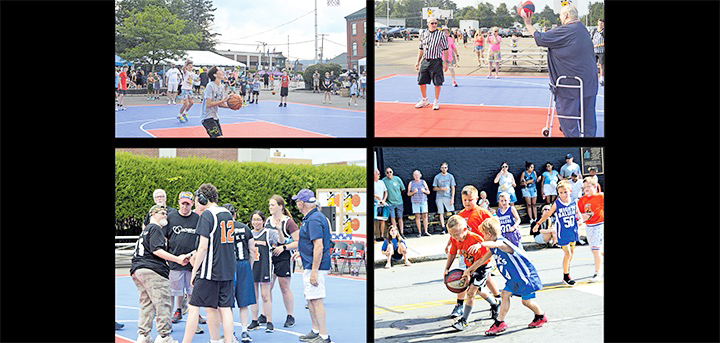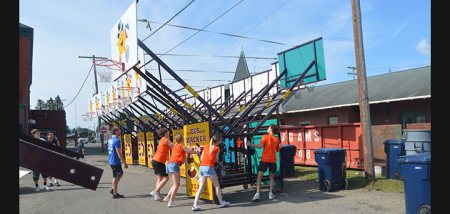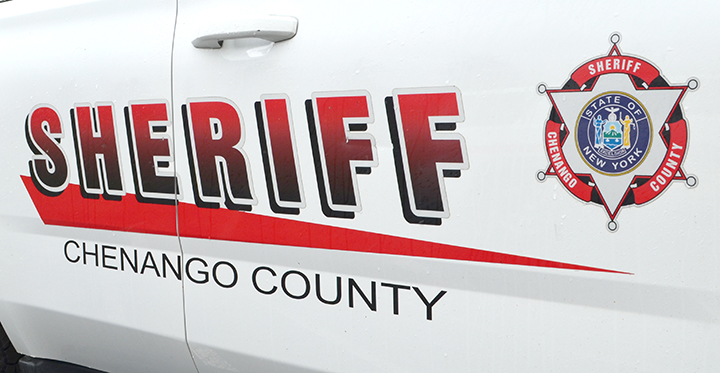Cold, Wet And Windy Turkey Tactics
Published:
May 8th, 2014
By:
Josh Sheldon
Turkey hunting can be hard enough. Add some cold, rain and wind in and you have the recipe for a rough hunt.
I'm not saying its impossible to harvest a bird under not so favorable conditions. Some birds just seem to have a death wish and will respond and run in to the most novice caller ever. Most birds tend to clam up when the conditions aren't prime. They become hard to call in and will ignore you completely at times. There are a few things that you can do to up your odds on such unfavorable hunts. Cold birds are hard to hunt, while wet birds seem to be the hardest. Wind can also ruin a hunt, if you don't do everything right. Tough conditions call for equally tricky tactics when attempting to tag a tom.
I typically write my column's on Monday and submit them by Tuesday. This allows me to be as up to date with current weather patterns as possible. The past week and the youth hunt were plagued by some pretty harsh weather. The two days that the youth hunt was held, were about the worst conditions possible. There was a combination of cold wind and rain. On top of that I had the stomach bug and only one day with the child I was hunting with. We stuck it out as long as possible, but went home having not heard a single turkey call back to us. To date this was the hardest conditions that I have ever attempted to hunt under. A few skilled and lucky hunters were able to tag out, but most went home as we did, empty handed.
Travis Rifanburg was able to call in a gobbler for his son, Dylan, to harvest on the first day of the youth hunt. The morning started off slow, but heated up around 9:30 when a tom was located. They had heard nothing all morning, when they got lucky and struck a bird on state land in East Pharsalia. They set up as fast as possible, with Dylan on the front of the tree and Travis and his nephew set up behind it. The bird gobbled readily on its way in. It took only 15 minutes before the tom peaked the ridge. Travis said that Dylan began to shake heavily once the bird was spotted. It approached to within 40 yards with snow falling, when Dylan took the shot and downed the bird. It was his first turkey and was surely an unforgettable experience for all. Travis made mention as to how proud of his son he was. This was quite a feat for the duo. They were hunting under nearly the worst possible conditions. Congratulations to Dylan for tagging your first gobbler and good job Travis for helping your child join the club of successful turkey hunters.
Knowing how to deal with harsh conditions can stack the cards in your favor. Tough birds require equally tough tactics. On cold days turkey tend to be a bit quiet. They typically gobble less and are harder to call in. I have had birds that act as if it was warm out on cold mornings. They have charged in after sounding off nearly 100 times from the roost. To then approach within yards and ultimately wind up on my dinner table. This isn't the norm, but it can happen on cold days. Your best bet is to sleep in and wait until the sun is up. Once the birds warm up, you have a better chance of getting a response and calling one in. I like to observe the fields that I can hunt, or the fields of neighboring properties. If I can locate a bird, I will attempt to get within a couple hundred yards of it. I then set up my decoys and begin to call. If all works out the bird will hear me and approach close enough to see my decoys. This usually does the trick. I rarely call once the bird is in sight. It's best to be silent, as to not give away your position. If the decoys are drawing him in, sit back and let him approach to within gun range and take your shot.
Rainy days are my least favorite days to hunt. Turkey don't work well in the rain and tend to be less viable. I find if you are going to hunt in the rain, there are a few different tactics. In light rain I like to check fields, where the birds may be picking worms. Under heavy rain I choose to hunt conifer forest, where the birds tend to be avoiding the brunt of the storm. If possible I choose to wait until the rain stops. If you are set up when the rain stops, you have a good chance of harvesting a bird. They tend to become more vocal and come in to the call easier once the rain stops.
If there has been several days of rain, I highly recommend getting into the woods as soon as it stops. Most of my easiest hunts take place on days like this. That was the case on the first of the month. I stayed home until 9:30 am. I located a bird in the deep woods, at about 10:00. By 10:30 I was headed home with a 23 pound bird with a 10 inch beard. Not too bad, having only hunted an hour of season.
Wind is my least favorite condition to hunt under. I either look for birds in fields and attempt an approach. Or sit and call at a high quality location. You have to get your call to reach a birds ear, which is real hard on windy days, or wait for one to pass. You can harvest a bird under nearly every condition, if you know where the birds are and how to hunt them. Good wishes and happy hunting.
Author: Josh Sheldon - More From This Author
Comments







